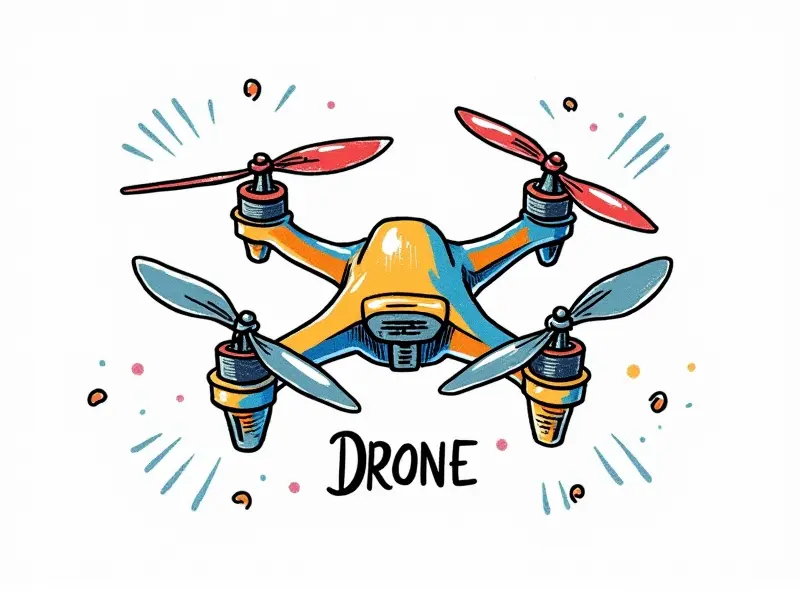RC helicopter crash prevention

RC Helicopter Crash Prevention: Essential Tips and Techniques
Operating an RC (remote-controlled) helicopter can be a thrilling hobby for enthusiasts of all skill levels. However, the excitement often comes with a risk – crashes that can damage your equipment or even cause injury. This comprehensive guide aims to provide you with valuable insights on how to prevent these accidents and ensure safe flying practices.
Top Tips to Prevent RC Helicopter Crashes
To minimize the chances of an RC helicopter crash, it's crucial to follow a few fundamental tips:
- Understand Your Equipment: Before you start flying, make sure you're familiar with all aspects of your RC helicopter. Read the manual thoroughly and understand how each component functions.
- Maintain Regular Maintenance: Keep your RC helicopter in top condition by performing regular maintenance checks on batteries, servos, motors, and other critical components.
- Practice Flight Simulators: Use flight simulators to get a feel for the controls before venturing out into real-life scenarios. This can help you build confidence and improve your flying skills without risking damage.
Essential Pre-flight Checks for RC Helicopters
Pre-flight checks are critical in ensuring that your RC helicopter is ready to fly safely:
- Battery Levels: Ensure all batteries, including the transmitter and receiver, are fully charged.
- Servo Functionality: Check that all servos move freely without any obstructions or binding.
- Motor Performance: Verify that the motor spins smoothly when powered on.
- Propeller Balance: Inspect and balance propellers to ensure they spin evenly, reducing vibrations during flight.
Mastering Safe Flying Techniques for RC Helis
Mastery of safe flying techniques is essential in preventing crashes. Here are some key practices:
- Start Slowly: Begin with basic maneuvers and gradually increase complexity as you become more comfortable.
- Avoid Obstacles: Be vigilant about your surroundings to avoid trees, buildings, or other obstacles that could cause a crash.
- Use Proper Landing Techniques: Always land smoothly by reducing throttle and adjusting pitch to achieve a controlled descent.
Common Mistakes That Lead to RC Helo Crashes
Avoid these common mistakes that often result in crashes:
- Inadequate Training: Not having enough training or experience can lead to poor control and decision-making during flight.
- Neglecting Maintenance: Overlooking regular maintenance checks can cause mechanical failures mid-flight.
- Lack of Pre-flight Checks: Skipping essential pre-flight inspections increases the risk of technical issues during operation.
Safe Flying Practices for New RC Helicopter Enthusiasts
If you're new to flying RC helicopters, here are some safe practices to follow:
- Start Indoors: Begin your training in a large indoor space with low ceilings and soft surfaces.
- Join Local Clubs: Engage with local hobbyist groups for guidance and tips from experienced pilots.
- Invest in Quality Gear: Spend on high-quality equipment that is durable and reliable, reducing the likelihood of malfunctions.
Avoiding Common RC Helicopter Mishaps
To avoid common mishaps, keep these tips in mind:
- Weather Conditions: Be aware of weather conditions such as wind and rain that can affect flight stability.
- Battery Management: Monitor battery levels closely to prevent sudden power loss during critical moments.
- Landing Gear: Ensure landing gear is properly adjusted for different terrains to avoid hard landings or tip-overs.
Preventing RC Helicopter Crashes with Practice
The more you practice, the better your chances of avoiding crashes. Here’s how:
- Practice Basic Maneuvers: Regularly rehearse simple maneuvers like hovering and basic turns to build muscle memory.
- Simulate Real-life Scenarios: Use simulators or controlled outdoor environments to mimic real-world challenges.
- Review Flight Logs: Keep track of your flights and review them for areas where you can improve.
Essential Safety Checks Before RC Flight
A thorough pre-flight safety check is crucial. Here’s what to look out for:
- Cable Connections: Ensure all cables are securely connected and free from damage or wear.
- Propeller Condition: Inspect propellers for cracks, chips, or other signs of wear that could affect performance.
- Control Surface Alignment: Verify that control surfaces move freely without binding or sticking.
Techniques for Smooth RC Helicopter Landings
A smooth landing is crucial to prevent damage and maintain your helicopter’s longevity. Here are some techniques:
- Reduce Throttle Gradually: Slowly decrease throttle while adjusting pitch to achieve a controlled descent.
- Select Soft Landing Spots: Choose flat, soft surfaces for landing to minimize impact and potential damage.
- Avoid Windy Conditions: Land in calm conditions to ensure better control during touchdown.
Boost Your RC Helicopter Safety Skills
To enhance your safety skills further, consider the following:
- Take Online Courses: Enroll in online courses that focus on advanced flying techniques and safety measures.
- Participate in Competitions: Join local or national competitions to challenge yourself and learn from other pilots.
- Stay Updated with Technology: Keep abreast of the latest advancements in RC technology that can improve flight stability and safety.
RC Helicopter Stability: Tips and Tricks
Maintaining stability is key to preventing crashes. Here are some tips:
- Balanced Weight Distribution: Ensure your helicopter has a balanced weight distribution for optimal performance.
- Proper Gear Ratio: Use the correct gear ratio settings to achieve smooth and stable flight patterns.
- Regular Servo Maintenance: Keep servos well-maintained to ensure precise control during maneuvers.
By following these guidelines, you can significantly reduce the risk of crashes while enjoying your RC helicopter hobby safely. Remember, practice and vigilance are key to becoming a skilled and safe pilot.

